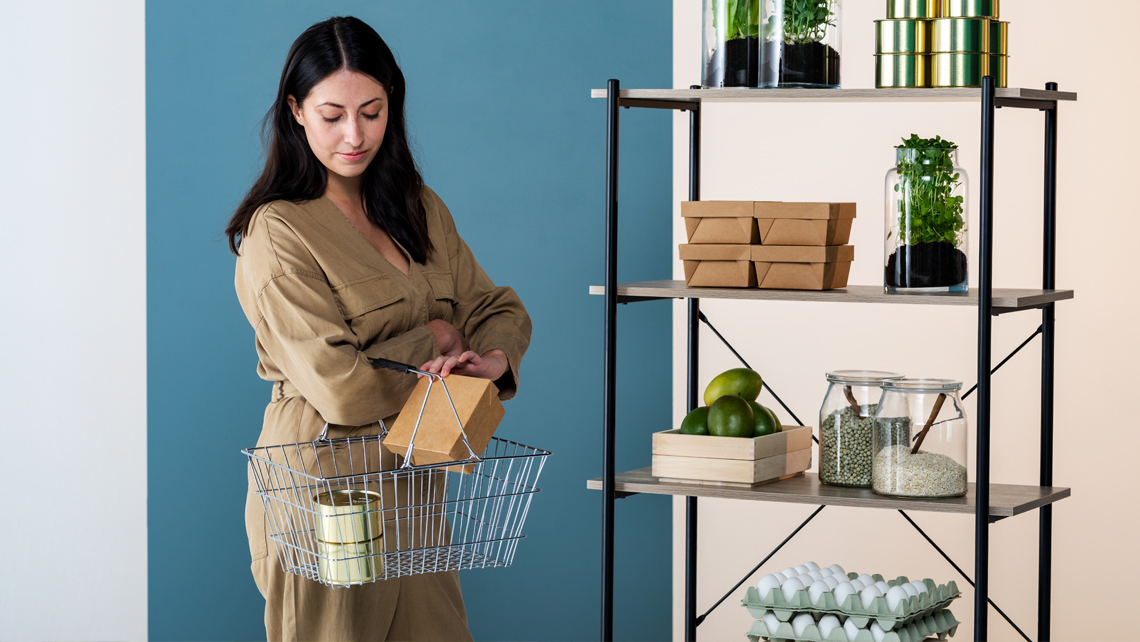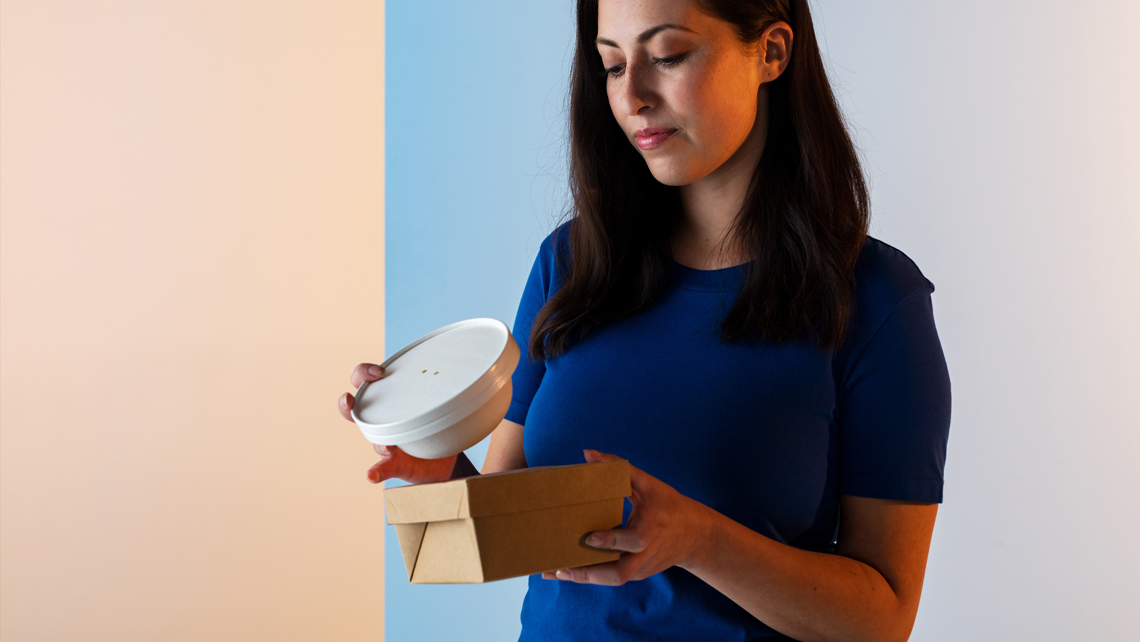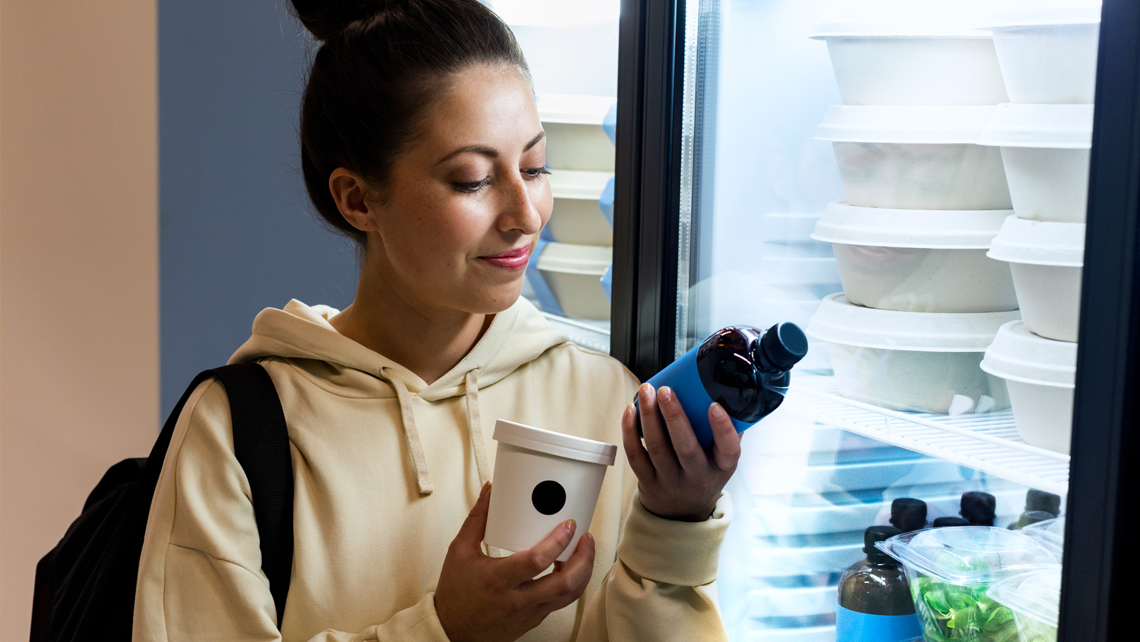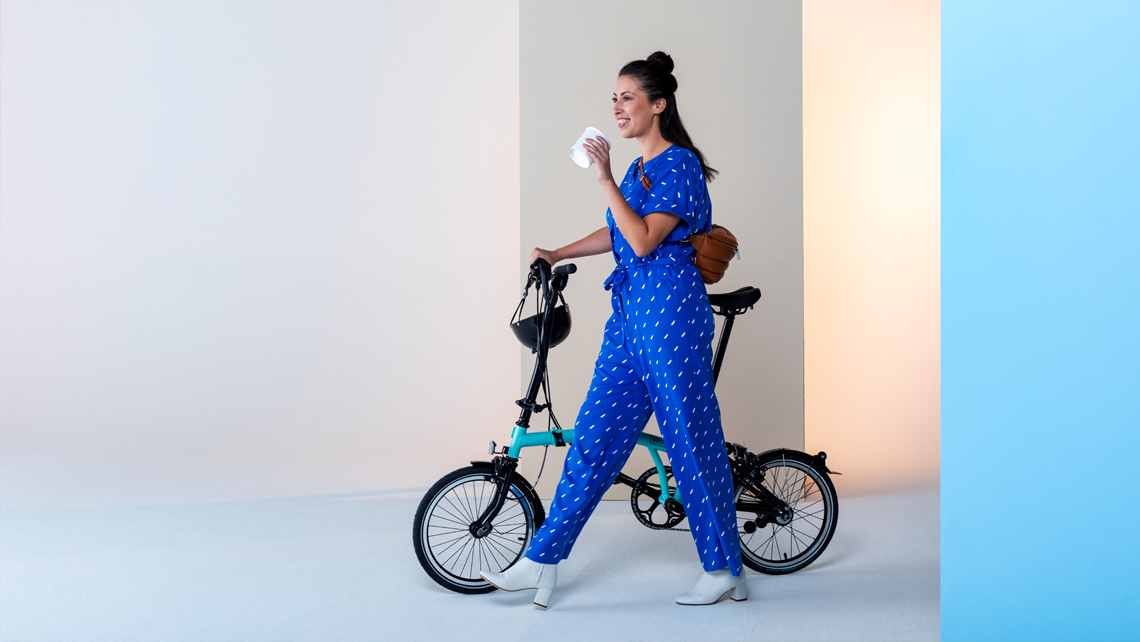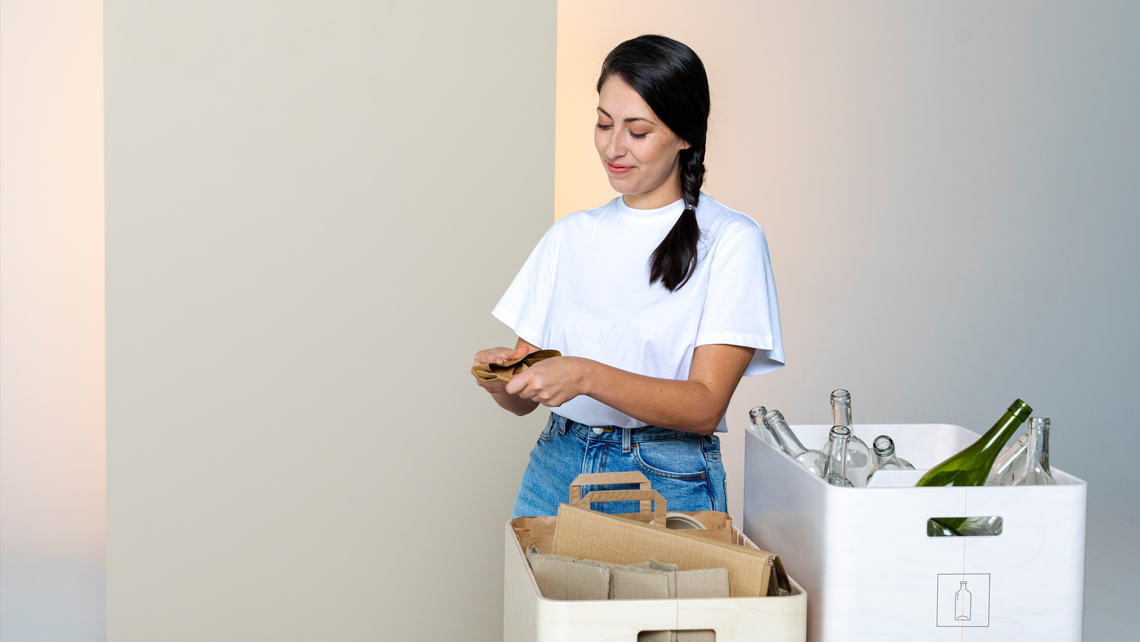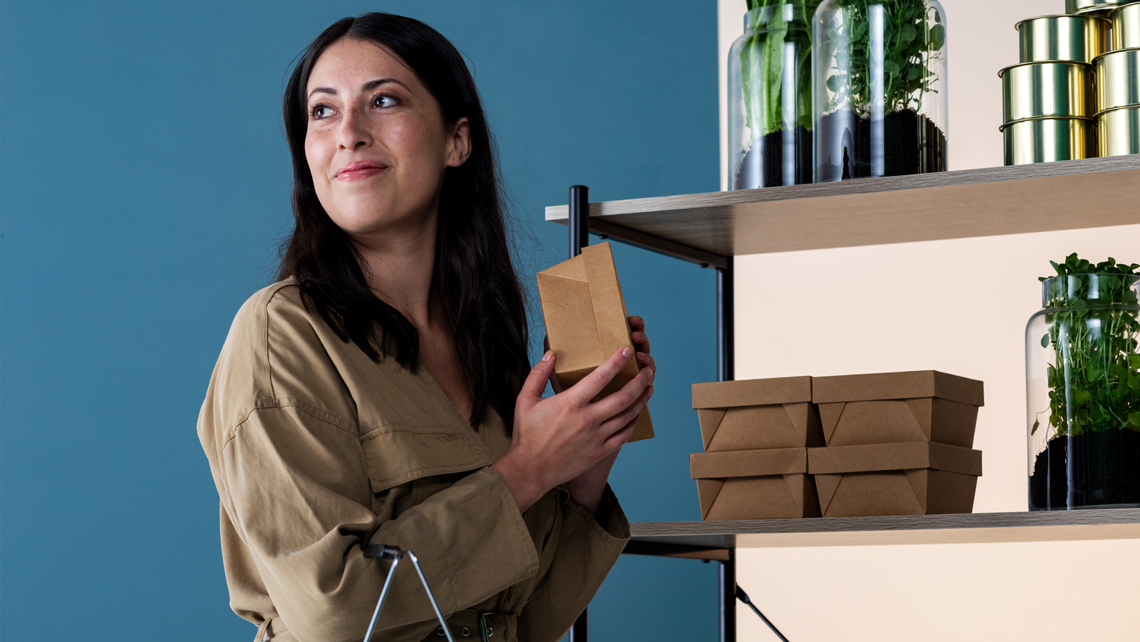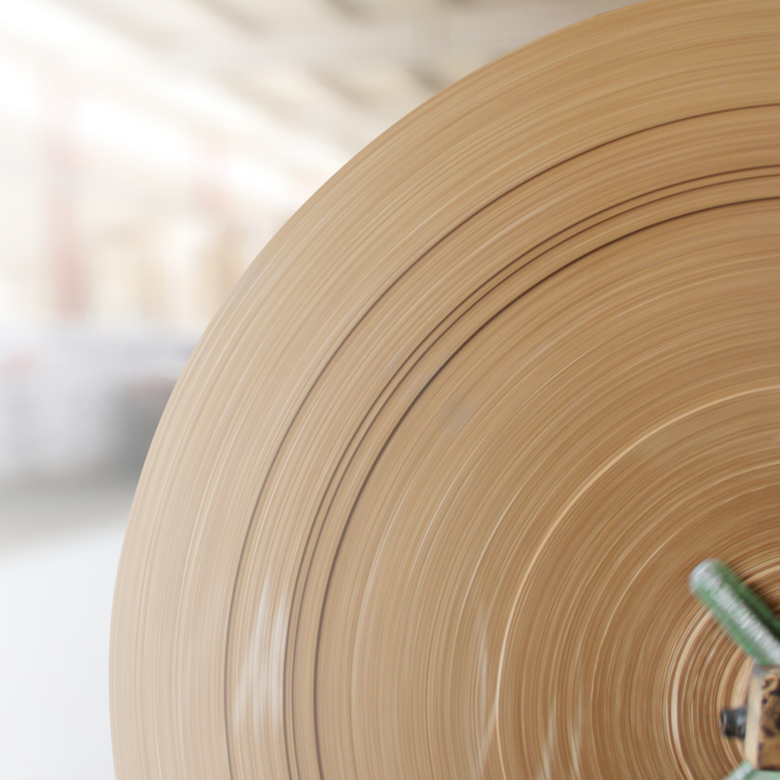In this future scenario, it’s important for most consumers to experience and to be able to say that they are doing their part to fight climate change. Consumers build their identity on making climate-friendly purchasing decisions, and food consumption is an essential part of this.
The food industry focuses on reassuring the consumers that they are making the right choice and therefore food packaging also needs to first and foremost convey the feeling of climate friendliness, in terms of both the amount and type of material used. “In many ways, the future described in this scenario would continue the strong movement away from plastics we’re already witnessing in the market today and further increase the push toward full recyclability and biodegradability of packaging materials. This is a golden opportunity for fiber-based packaging,” says Antti Matula, SVP, Global Product Lines and Business Development at Kemira. He discussed the opportunities and challenges that the different futures could mean for the packaging value chain in one of our recent webinars.
The climate-friendly identity
In this future scenario, titled “A totally green experience”, plastics and excessive packaging are frowned upon and many stores ban plastic not only in bags but also in food packaging. Recycling is an essential part of the climate-friendly identity of this scenario, and strictly regulated and supervised, so packaging needs to be simple and easily recyclable. It is also gradually becoming commonplace to bring your own containers to the store as more and more packaging-free shops emerge.
“Using monomaterials, replacing PE and aluminum, and moving away from fossil-based raw materials into 100% bio-based products are already high on the packaging value chain’s agenda. The overall transparency within the value chain would need to increase, as both the food brands and retail would require hard facts to demonstrate to consumers the small climate footprint of the type of packaging they use,” Matula states.
Using monomaterials, replacing PE and aluminum, and moving away from fossil-based raw materials into 100% bio-based products are already high on the packaging value chain’s agenda.
Stores go to significant lengths to provide these green experiences for consumers. Some of the industry experts interviewed in the scenario work envisioned a “dollar store” version of a grocery store, promising to offer only products that are below a specific climate footprint value.
Green experience or greenwashing?
The challenges with packaging waste and single-use plastics have brought fiber-based packaging into the limelight. The feeling of eco-friendliness in both take-away containers and food packaging on grocery store shelves is built with paper and board.
“The strong pressure to reduce and replace plastics used in food packaging has in recent years resulted in new packaging solutions, all of which are not necessarily the better option, if you think about it in terms of recyclability, for example. Green experience can turn into greenwashing, if you don’t consider the big picture,” reflects Mari Ojanen, Senior Research Scientist, Sizing and Performance, R&D and Technology at Kemira.
Green experience can turn into greenwashing, if you don’t consider the big picture.
Working in this field, she has a habit of taking notice of packaging solutions everywhere she goes: a tortilla packaging that was previously 100% plastic but now contains 50% of paper. A carton packaging for water instead of a plastic bottle on a hotel room table. A chocolate bar that is wrapped in plastic that feels like plastic or in plastic that feels like paper. “For the consumer, it is sometimes difficult to identify the packaging material correctly and take care of disposing it.”
What can paper do?
With the help of functional chemistry, paper and board materials can have the stiffness, strength, convertibility, hydrophobicity, and safety that is required from food packaging. What can paper do?
“I doubt it will ever be reasonable to use fiber-based packaging materials everywhere. New innovations in e.g. barriers help replace plastic packaging materials that are today used to ensure protection against moisture, oil and grease, for example. Going forward, paper and board will be suitable for more demanding applications,” says Ojanen, who is currently working with new barrier technologies.
“Another interesting and growing area is molded fiber packaging. At the moment, for example at the green grocery shelves, molded fiber packaging seems often to serve as the premium packaging option.”
On the other hand, when you pick up a box of cherry tomatoes or grapes in the grocery store, you tend to flip the box upside down to see that the produce at the bottom of the package is also good. The fiber-based packaging option does not allow that but there are already innovative solutions and exciting projects ongoing around fiber-based, transparent, and durable packaging materials.
“I have used a take-away coffee cup to describe the evolution of packaging. Starting from a cup carved out of wood, used e.g. when hiking, into first styrofoam cups and then into paper cups with plastic coating. Now the aim is a fully renewable and biodegradable cup, but the final step might be a durable, reusable cup made from the same material as the original wooden cup,” Ojanen says.
Want more food for thought on the possible futures of food packaging? Download the full future scenario report here.
